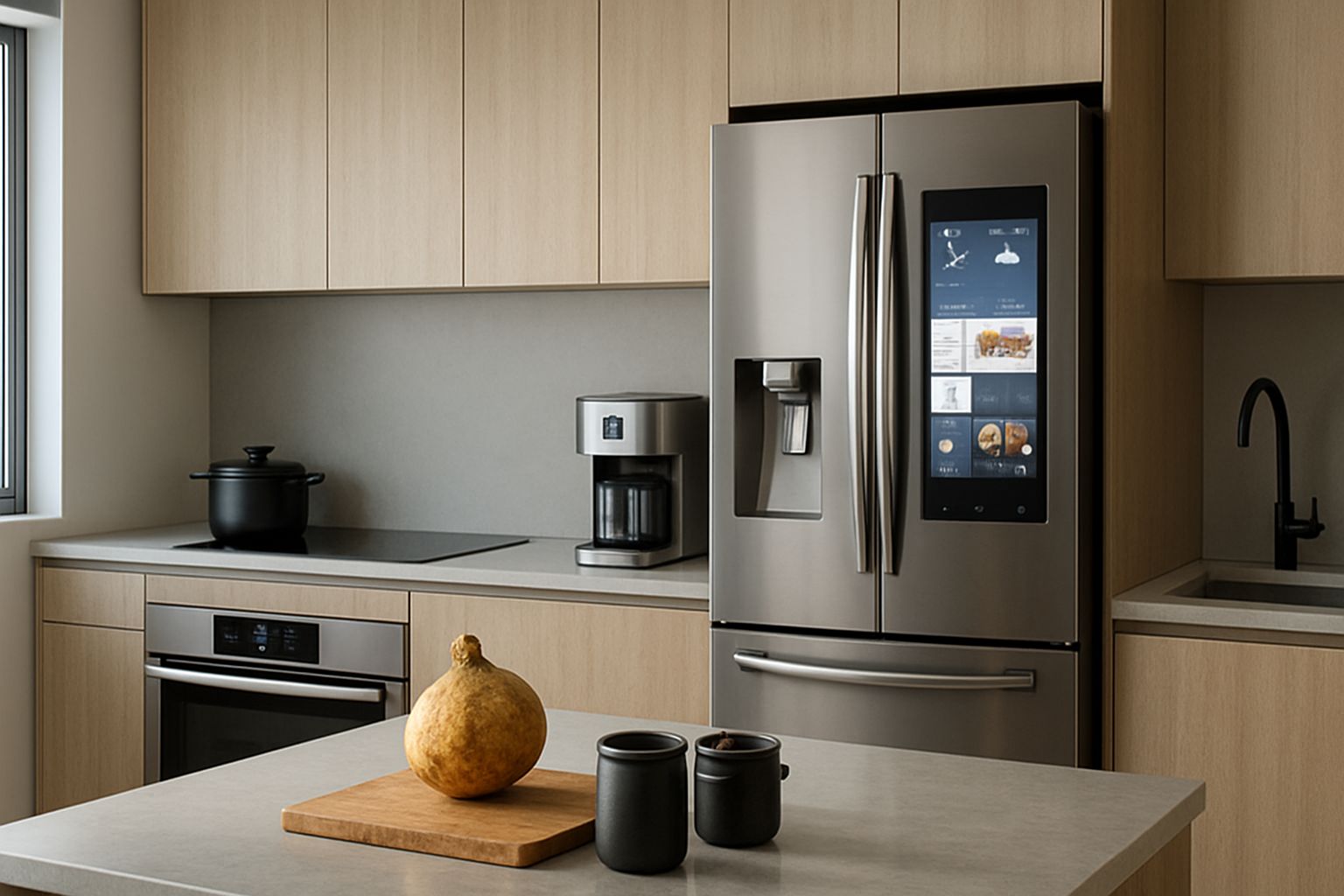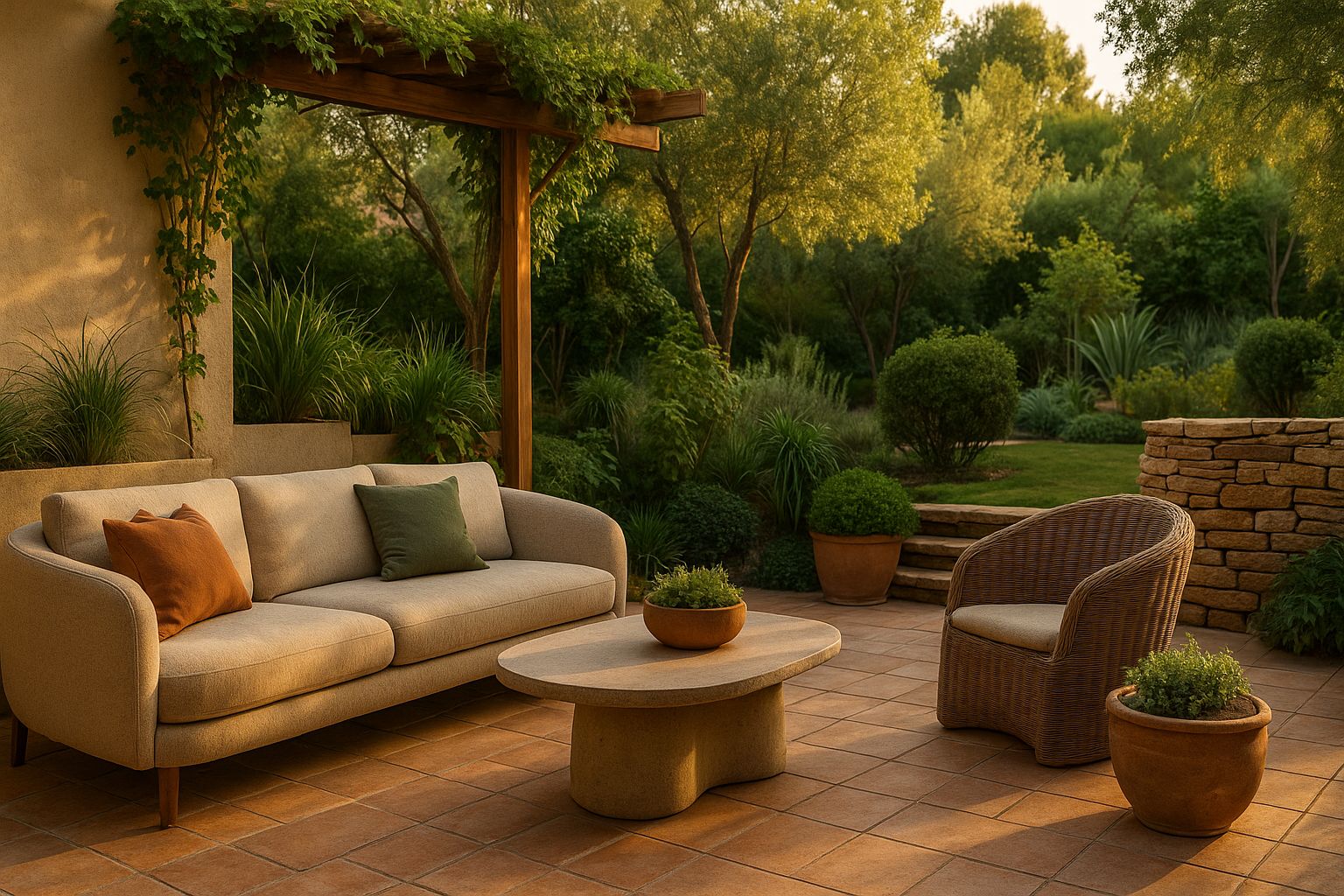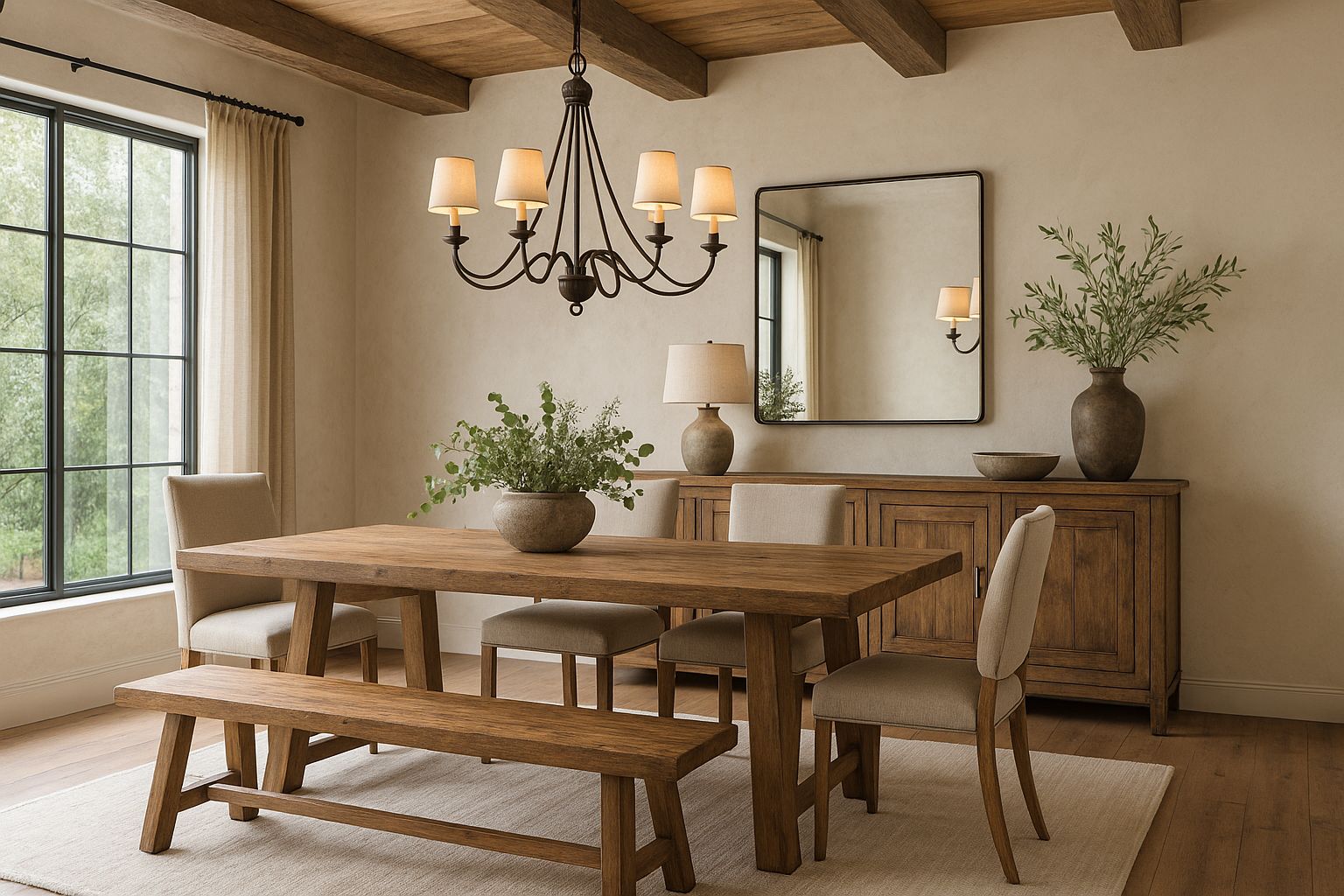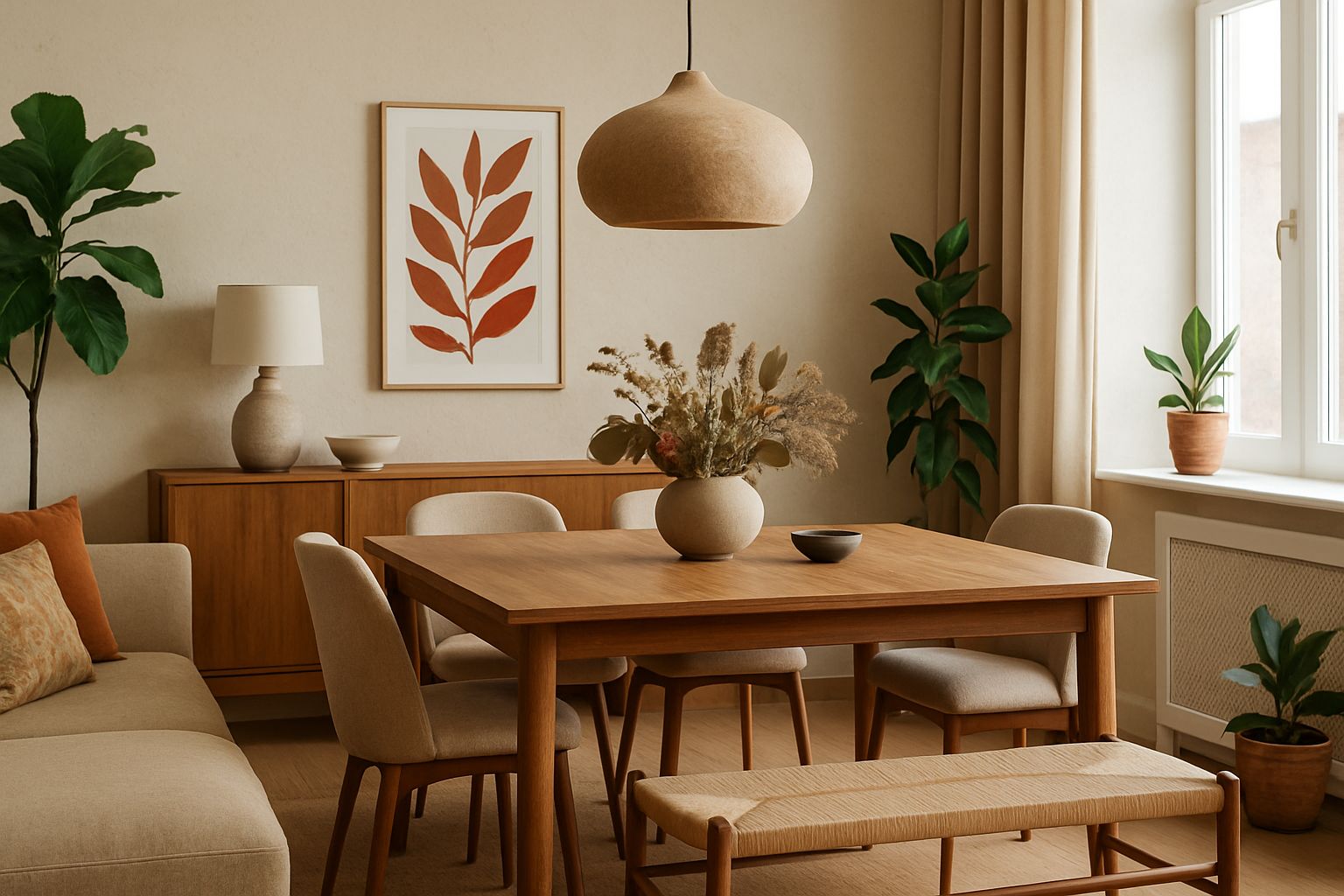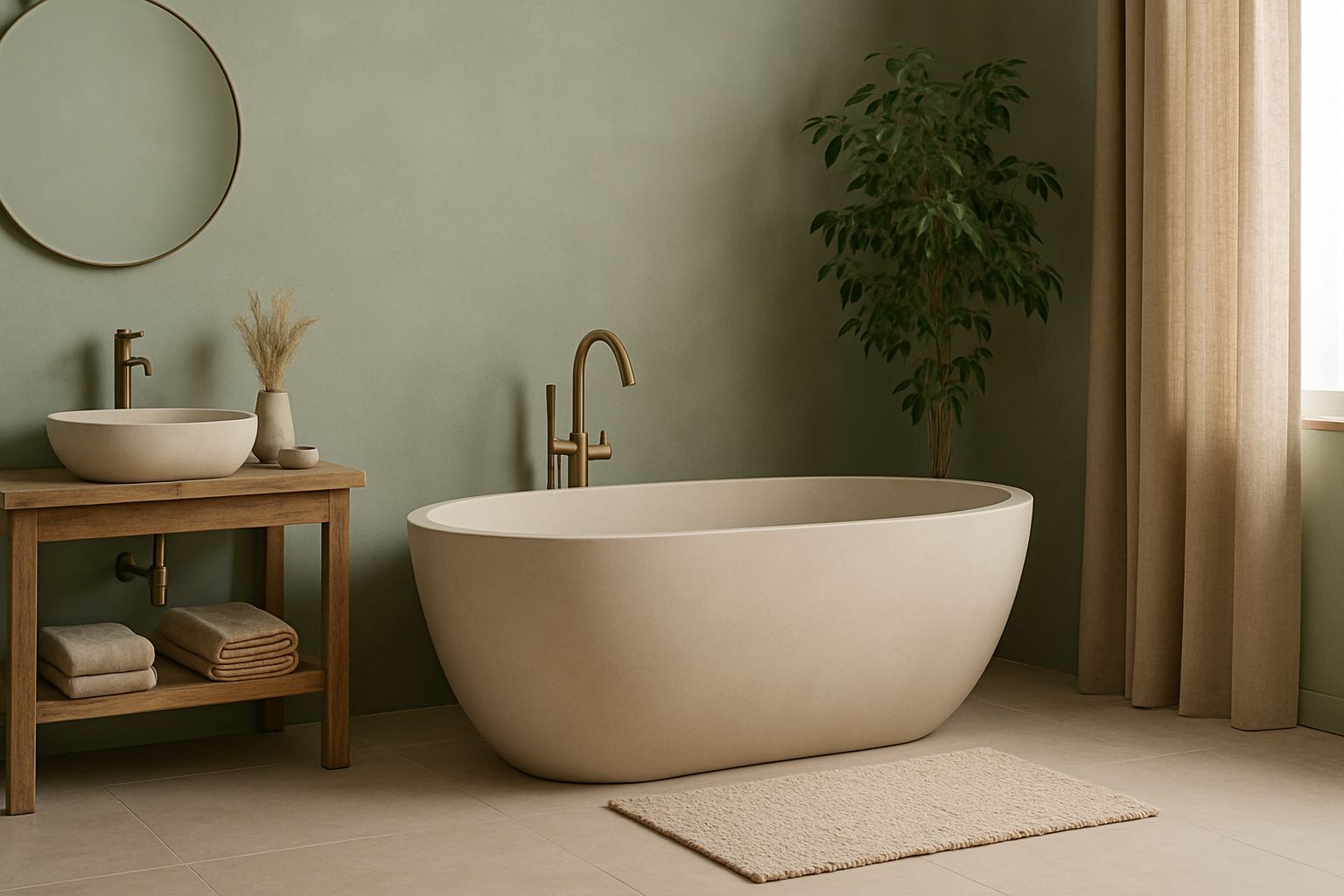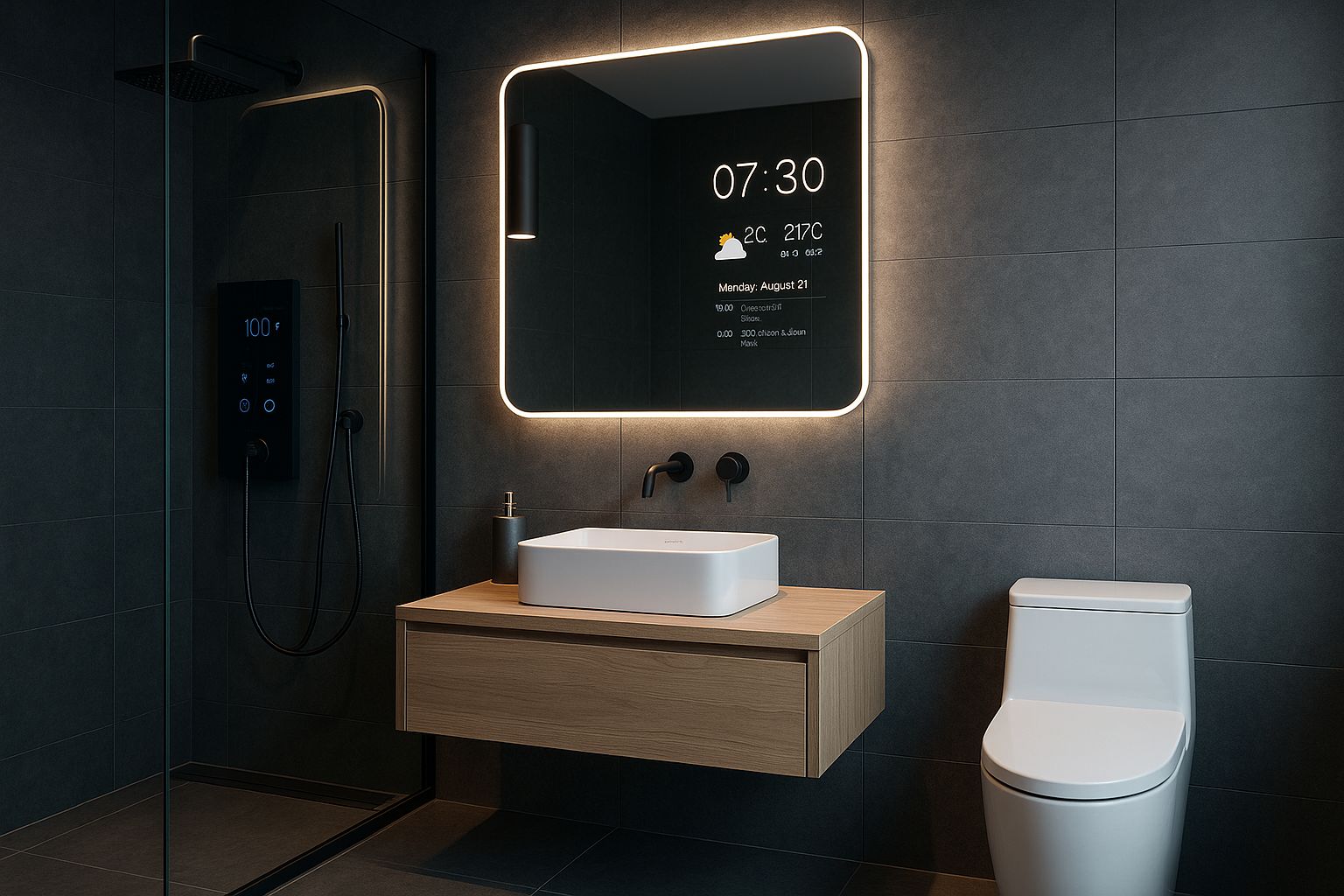The kitchen has always been the heart of the home, but as technology advances, it is rapidly becoming the brain as well. 2026 kitchen design trends with smart appliances are reshaping how we cook, store, and manage our kitchens. Smart kitchens are no longer futuristic concepts; they are practical, functional, and essential to modern living.
In this post, we’ll explore the most exciting kitchen design trends for 2026 that focus on smart appliances and connected technology. From seamless designs to AI-driven cooking assistance, these trends are not just about aesthetics—they’re about transforming the kitchen into a space that works for you.
The Rise of Smart Kitchens: A Quick Snapshot
Technology is taking over the modern kitchen in ways we couldn’t have imagined a few years ago. According to a 2025 market report by Statista, the global smart kitchen appliances market is projected to surpass $60 billion by 2026, growing at an annual rate of over 18%. This growth is driven by consumer demand for convenience, efficiency, and sustainability.
Why Smart Kitchens Are Becoming Essential:
- Time-saving automation: Smart ovens, refrigerators, and coffee machines can now operate on schedules and adapt to your habits.
- Energy efficiency: Intelligent appliances optimize power usage to reduce electricity bills.
- Enhanced safety: Real-time alerts and remote monitoring prevent accidents and overcooking.
- Seamless lifestyle integration: Smart kitchens now work in sync with other smart home devices.
“Smart kitchens are no longer a luxury—they are becoming a lifestyle necessity.”
— Emma Collins, Smart Home Designer, Future Kitchens Expo 2025
A smart kitchen in 2026 isn’t just about isolated gadgets; it’s about creating an intelligent ecosystem where every appliance communicates and contributes to a streamlined cooking experience.
Seamless Integration of Smart Appliances
One of the biggest 2026 kitchen design trends with smart appliances is the push for seamless, invisible integration. Homeowners and designers are shifting towards kitchens where the technology blends effortlessly into the cabinetry and countertops.
Key Features of Seamless Integration:
- Built-in smart appliances that sit flush with cabinets.
- Minimalist handles or touch-to-open systems.
- Hidden control panels that are app or voice-controlled.
Example of Seamlessly Integrated Smart Appliances:
| Appliance | Smart Feature | Integration Style |
| Smart Oven | Remote preheating, AI cooking presets | Built-in, handleless design |
| Smart Refrigerator | Interior cameras, inventory tracking | Cabinet-covered doors |
| Smart Dishwasher | App-controlled cycles, water efficiency | Fully integrated, concealed front |
| Smart Coffee Maker | Scheduled brewing, voice-activated | Counter-embedded or retractable |
Benefits of Seamless Smart Kitchens:
- Uncluttered look: Technology disappears into the background.
- Effortless control: Use your phone or voice to operate everything.
- Increased home value: Integrated smart appliances are a top selling point.
“In 2026, the best kitchen designs are the ones where you can barely tell the tech is there, but it works perfectly in the background.”
— Sarah Lin, Kitchen Trends Analyst, Smart Living Report 2025
Designers are working closely with appliance manufacturers to create custom-fit smart appliances that perfectly match the kitchen layout. Brands like Bosch, Samsung, and Miele are leading the way with fully integrated smart suites.
Voice and App-Controlled Kitchen Ecosystems
2026 kitchen design trends with smart appliances are leaning heavily into voice and app-controlled ecosystems. Homeowners now expect to operate their entire kitchen with just a simple voice command or a swipe on their smartphone.
Popular Voice-Controlled Functions:
- Start or stop the oven.
- Adjust refrigerator temperature.
- Brew coffee on schedule.
- Control lighting and ventilation.
- Monitor cooking progress remotely.
Google Home, Amazon Alexa, and Apple HomeKit are now deeply integrated into kitchen environments, allowing complete hands-free operation.
Benefits of App-Controlled Smart Kitchens:
- Real-time appliance monitoring.
- Remote adjustments while outside the home.
- Personalized appliance settings for each family member.
- Multi-device synchronization across ovens, fridges, and dishwashers.
“With smart kitchen ecosystems, your appliances don’t just listen—they learn.”
— David Greene, Lead Engineer, SmartTech Appliances
A well-connected kitchen offers more than convenience; it provides intelligent assistance that simplifies daily life.
Energy-Efficient and Eco-Friendly Smart Appliances
Sustainability is no longer optional—it’s a priority. The 2026 smart kitchen emphasizes energy efficiency and eco-conscious appliances that actively reduce waste and conserve resources.
Key Eco-Friendly Features:
- Smart ovens with adaptive power consumption.
- Refrigerators that track door openings and adjust cooling cycles.
- Dishwashers with water-saving AI modes.
- Appliances that send maintenance alerts to prevent energy waste.
Smart Appliance Energy Ratings (2026 Standards)
| Appliance | Energy Efficiency Rating | Key Feature |
| Smart Oven | A+++ | Dynamic heat adjustment |
| Smart Refrigerator | A+++ | Power-saving vacation mode |
| Smart Dishwasher | A++ | Automatic water level optimization |
| Smart Coffee Machine | A+ | Sleep mode and minimal standby power |
Brands like LG, Bosch, and Whirlpool are setting industry benchmarks with low-energy smart appliances that offer high performance without high consumption.
“Energy-efficient smart kitchens will save an average of 15-20% on household energy bills by 2026.”
— Green Kitchen Sustainability Report, 2025
Personalization and AI-Driven Cooking Assistance
One of the most exciting kitchen design trends for 2026 is the rise of AI-powered cooking appliances that adapt to your preferences and even suggest what to cook based on what’s in your fridge.
Smart Features Revolutionizing Personalization:
- AI ovens that automatically adjust time and temperature based on the dish.
- Fridges that recommend recipes using ingredients about to expire.
- Voice assistants that learn your favorite meals and preferred cooking styles.
Case Study: AI in Smart Cooking
Maria, a working mom from Chicago, uses her Samsung Smart Oven paired with a personalized cooking app. The system suggests quick, healthy recipes based on her dietary settings and available ingredients. Over six months, she reduced food waste by 30% and meal prep time by 40%.
“AI in the kitchen isn’t about robots cooking for you—it’s about giving you superpowers to cook smarter and faster.”
— Kevin Lee, Smart Cooking Technologist
Smart personalization is not a gimmick; it’s becoming a standard expectation in modern kitchen appliances.
Touchless and Hygienic Smart Solutions
The post-pandemic era has redefined kitchen hygiene priorities, and 2026 kitchens reflect this shift with touchless smart appliances and self-cleaning technologies.
Top Touchless Smart Features:
- Motion-sensor faucets.
- Voice-activated trash bins.
- Touchless cabinet doors.
- Smart dishwashers with UV sterilization.
Hygienic Benefits:
- Minimized cross-contamination.
- Easier cleaning routines.
- Reduced spread of germs and bacteria.
“The touchless trend in 2026 is more than convenience—it’s about building a safer kitchen space.”
— Emily Dawson, Home Hygiene Specialist
Touchless solutions now come standard in smart kitchens, with brands like Moen, Kohler, and Delta leading this hygienic revolution.
Smart Storage and Inventory Management
One of the most practical innovations in 2026 smart kitchens is automated inventory management that reduces waste and keeps your kitchen perfectly stocked.
Smart Storage Features:
- Refrigerators with interior cameras and barcode scanning.
- Cabinets that track stock levels via weight sensors.
- Automatic reordering via connected grocery apps.
Example: Smart Refrigerator Inventory Features
| Feature | Benefit |
| Camera-assisted tracking | See what’s inside via smartphone |
| Expiration alerts | Reduce food waste |
| Auto-restocking | Connects to online grocery stores |
“Smart storage is like having a personal kitchen assistant that never forgets.”
— Liam Turner, FoodTech Analyst, 2025
This trend is solving real-world problems like forgotten leftovers, duplicate purchases, and unnecessary waste.
Smart Lighting and Climate Control in the Kitchen
Smart lighting and ventilation systems are now essential in 2026 kitchen designs. These features automatically adjust based on activity and time of day to create optimal cooking and dining environments.
Smart Kitchen Climate Control Features:
- Lights that brighten for prep time and dim for dining.
- Ventilation that activates when cooking begins.
- Climate zones that keep kitchen areas comfortable.
Example: Smart Kitchen Lighting Scenarios
| Scenario | Lighting Response |
| Morning Coffee | Soft, warm lighting |
| Cooking Dinner | Bright, focused task lighting |
| Evening Relax | Ambient, low-intensity lighting |
“Smart climate control isn’t just about temperature—it’s about creating mood and efficiency in the kitchen.”
— Sophie Martinez, Interior Lighting Expert
Brands like Philips Hue, Lutron, and GE are offering kitchen-specific smart lighting solutions that blend functionality with ambiance.
Compact and Multi-Functional Smart Appliances for Small Kitchens
As urban living spaces shrink, smart kitchen appliances in 2026 are becoming more compact and versatile.
Compact Smart Appliance Trends:
- Multi-purpose ovens that air fry, bake, and steam.
- Stackable, modular appliance designs.
- Countertop smart devices with multiple functions.
Case Study: Urban Smart Kitchen
James, living in a 500 sq. ft. apartment in New York, uses the Breville Combi Smart Oven that serves as a toaster, air fryer, and convection oven. Paired with a smart induction cooktop, he maximized his cooking ability without sacrificing space.
Benefits:
- Perfect for small apartments and tiny homes.
- Reduces clutter while maintaining high functionality.
- Smart apps help schedule usage and reduce energy strain.
“Small space should never mean small capability.”
— Tiny Homes Journal, 2026 Smart Living Edition
The Rise of Luxury Smart Kitchen Brands
The luxury segment of smart kitchens is booming in 2026, as homeowners seek both premium aesthetics and cutting-edge performance.
Leading Luxury Smart Kitchen Brands:
- Miele: Customizable smart ovens with camera monitoring.
- Gaggenau: Sleek, professional-grade smart appliances.
- Sub-Zero Wolf: AI-driven refrigeration and cooking suites.
Luxury Smart Features:
- High-end materials like brushed titanium and matte glass.
- Fully customizable control panels and app experiences.
- AI cooking profiles for gourmet results.
“Luxury smart kitchens are now symbols of both status and sophisticated living.”
— Jason Reed, Luxury Home Trends Analyst, 2026
Homeowners are increasingly investing in high-performance appliances that elevate both design and cooking precision.
Conclusion
The 2026 kitchen design trends with smart appliances showcase a future where technology enhances every aspect of cooking, storage, and hygiene. Whether it’s seamless integration, AI personalization, or energy-saving features, smart appliances are shaping kitchens that are more intelligent, efficient, and beautiful.
Quick Recap:
- Smart kitchens are becoming the new standard.
- Seamless, voice-controlled, and eco-friendly designs dominate.
- AI-driven personalization simplifies daily routines.
- Touchless, hygienic, and space-saving solutions lead the way.
- Luxury brands are pushing the boundaries of smart kitchen experiences.
Smart kitchens in 2026 are not just about technology—they’re about creating spaces that truly work for modern life.

